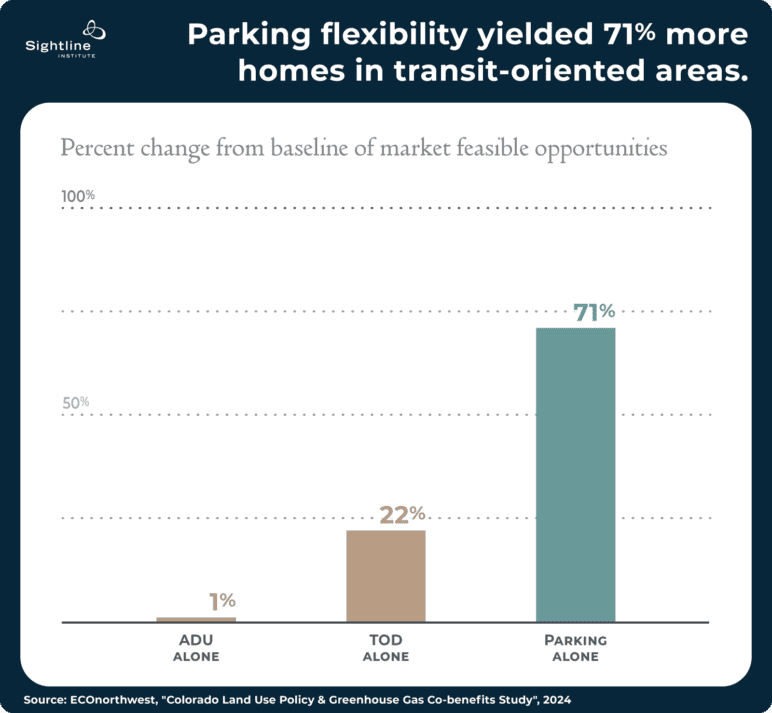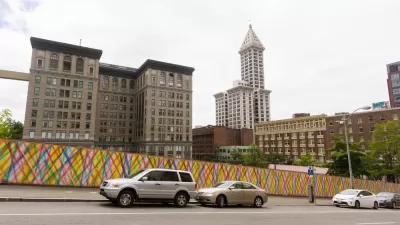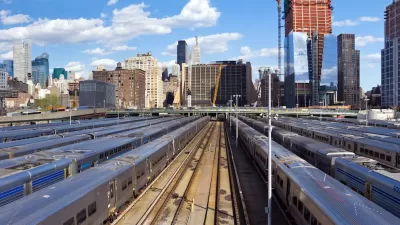More evidence that parking flexibility is key to housing abundance.

Making parking fully flexible could unlock more new homes than other land use reforms combined, according to new research out of Colorado that modeled how multiple policies would impact economic feasibility for new housing projects.
The findings add to a growing body of evidence that making off-street parking optional is a small policy change that can lead to an abundance of new homes. Even though all the buildings modeled in the analysis voluntarily included parking, allowing homebuilders to create less parking made the biggest difference. In fact, building at lower home-to-parking-space ratios than what Colorado cities currently require could result in 40 to 70 percent more homes than are feasible to build today, the study found.

“Requiring more parking than the market demands leads to inefficient outcomes,” researcher Ian Carlton explained. “Excess parking takes up space in buildings that could otherwise be housing, adds costs that are seldom offset by revenues, and can determine whether certain types of housing projects fit on sites of various sizes. [Real estate modeling group] MapCraft’s pro forma evaluations capture all three of these factors.”
Compared to other zoning reforms such as legalizing ADUs or increasing building heights near transit, parking reform proved to be two to three times more effective at boosting housing supply.
FULL STORY: Parking Reform Alone Can Boost Homebuilding by 40 to 70 Percent

Planetizen Federal Action Tracker
A weekly monitor of how Trump’s orders and actions are impacting planners and planning in America.

Congressman Proposes Bill to Rename DC Metro “Trump Train”
The Make Autorail Great Again Act would withhold federal funding to the system until the Washington Metropolitan Area Transit Authority (WMATA), rebrands as the Washington Metropolitan Authority for Greater Access (WMAGA).

The Simple Legislative Tool Transforming Vacant Downtowns
In California, Michigan and Georgia, an easy win is bringing dollars — and delight — back to city centers.

The States Losing Rural Delivery Rooms at an Alarming Pace
In some states, as few as 9% of rural hospitals still deliver babies. As a result, rising pre-term births, no adequate pre-term care and harrowing close calls are a growing reality.

The Small South Asian Republic Going all in on EVs
Thanks to one simple policy change less than five years ago, 65% of new cars in this Himalayan country are now electric.

DC Backpedals on Bike Lane Protection, Swaps Barriers for Paint
Citing aesthetic concerns, the city is removing the concrete barriers and flexposts that once separated Arizona Avenue cyclists from motor vehicles.
Urban Design for Planners 1: Software Tools
This six-course series explores essential urban design concepts using open source software and equips planners with the tools they need to participate fully in the urban design process.
Planning for Universal Design
Learn the tools for implementing Universal Design in planning regulations.
Smith Gee Studio
City of Charlotte
City of Camden Redevelopment Agency
City of Astoria
Transportation Research & Education Center (TREC) at Portland State University
US High Speed Rail Association
City of Camden Redevelopment Agency
Municipality of Princeton (NJ)





























